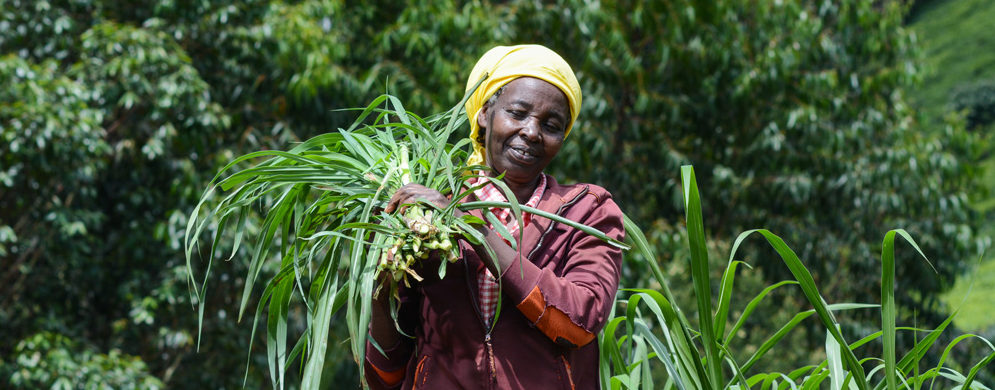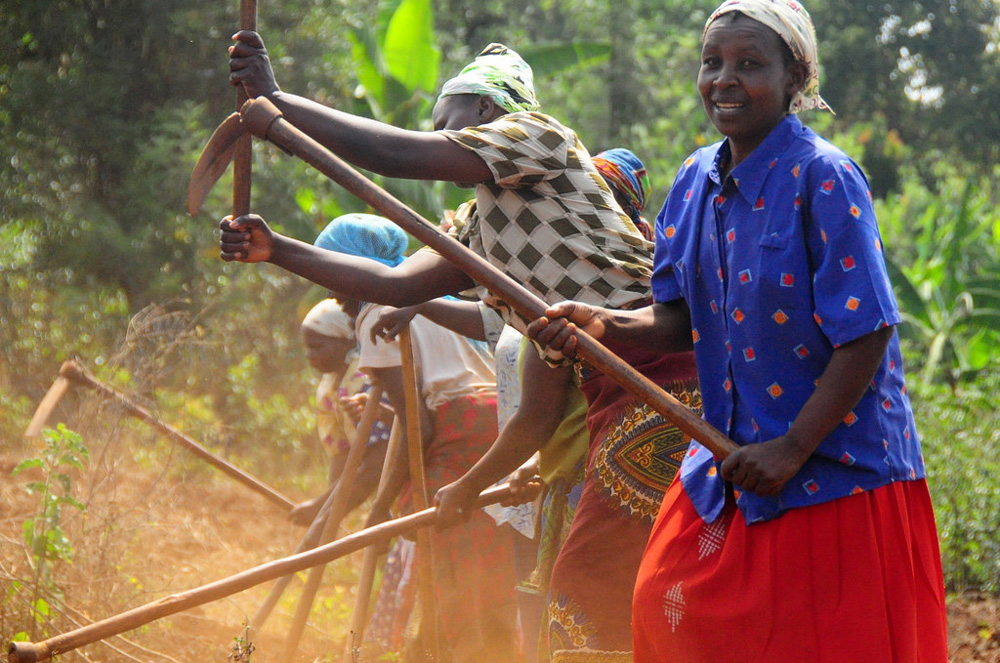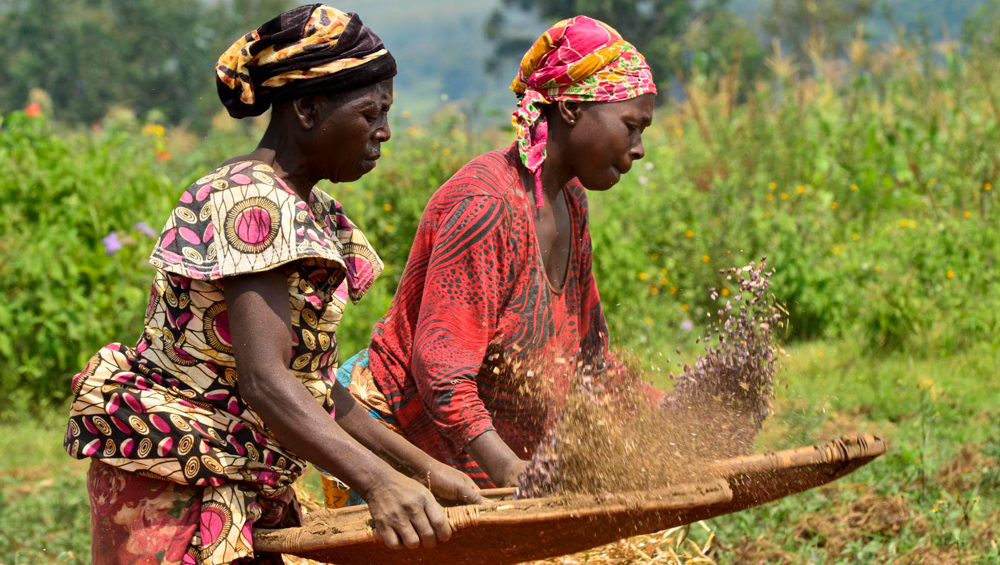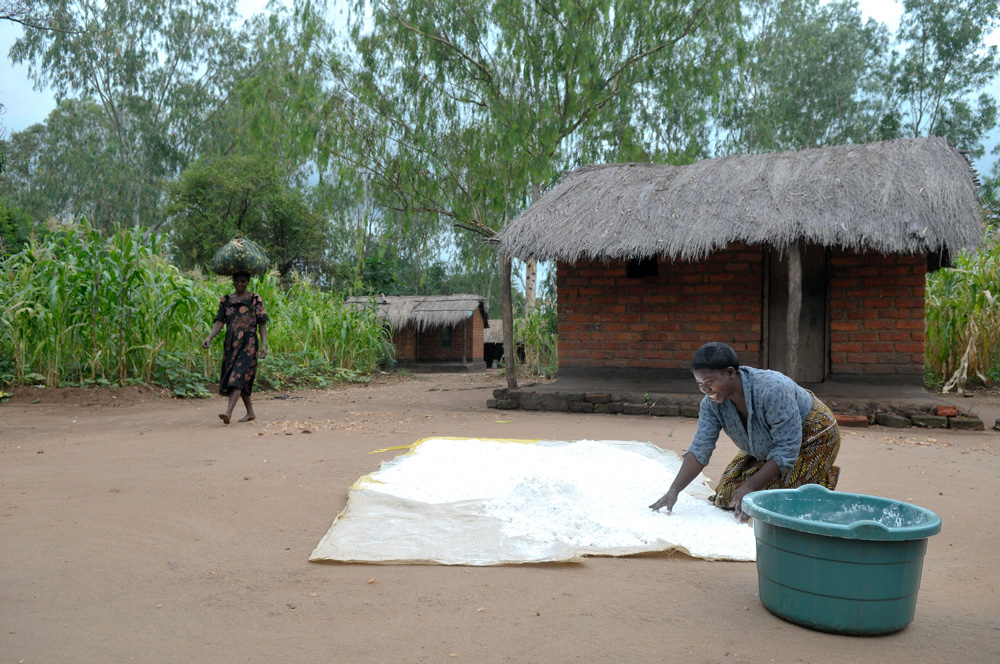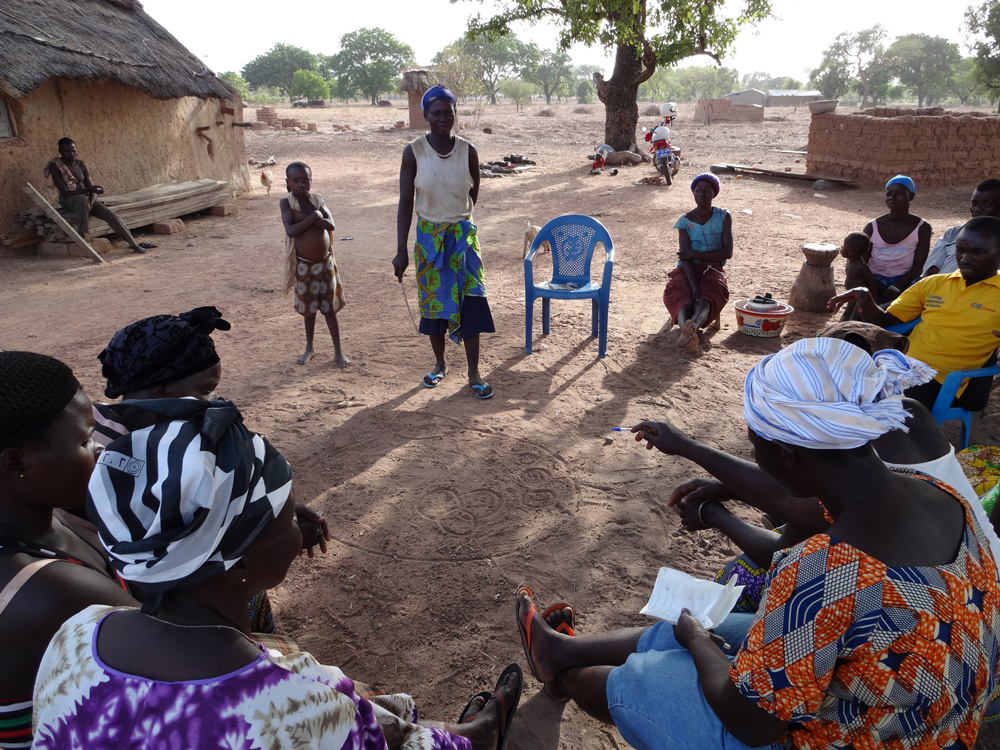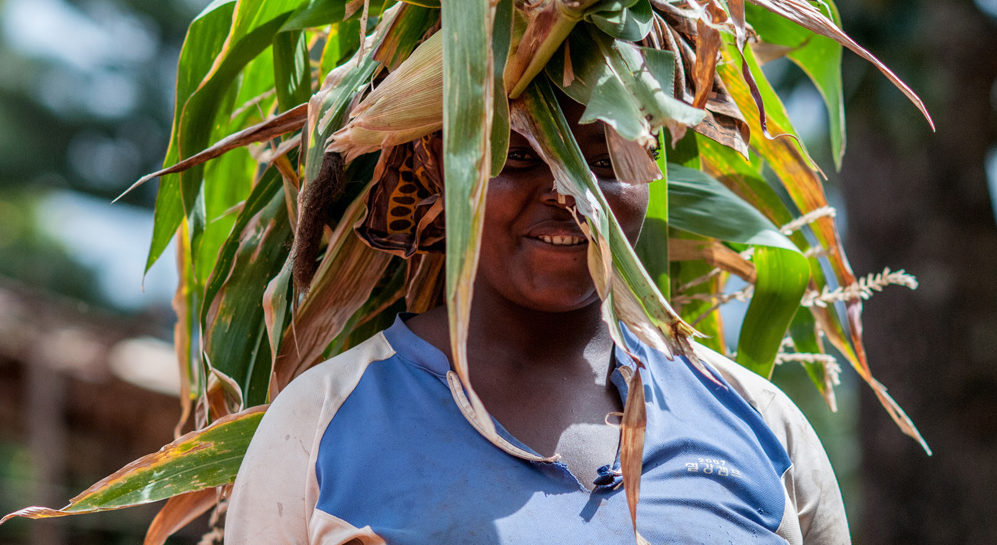Simply put, excluding women from economic production means cutting labour force in half. Countries with high development ambitions, many of which are low-income agrarian economies, have to use all means and tools available to make it to the 2030 Agenda finishing line.
It is now common knowledge that gender equality is a development booster and, indeed, women and girls made major strides in the last decade. However, have the lives of female farmers in in sub-Saharan Africa (SSA) improved since the early 2000s?
A book released earlier this year tackles this question by using a unique dataset that followed smallholder farms for almost 15 years. The authors of “Agriculture, Diversification and Gender in Rural Africa (ADGRA): Longitudinal Perspectives from Six Countries” conclude that while the overall living standards have improved, women still have trouble accessing land, capital and essential business skills due to discriminative legal and cultural norms.
Summarising her observations, Agnes Andersson Djurfeldt, professor in human geography at Lund University and the leader of the work behind AGDRA, says: “All the people from the villages where we have done qualitative fieldwork report that living standards have improved. The factors are usually reflected in the number of children attending school, electrification, better healthcare, or housing standards. However, throughout the time period of the study, we observed that male headed households have benefitted from changes in agricultural policy the most.”
Progress for female farmers is still hindered by a number of factors, such as legal and cultural status, exclusion from alternative employment options and inheritance laws. Additionally, women often work as unpaid family labourers and have limited access to capital. This reduces their roles in decision-making regarding farm management. Certain trends and inequalities are undisputed: women tend to grow less lucrative crops, have on average less land and lower access to markets and fertilisers, while men dominate wage-employment sources of non-farm income (NFI); the list goes on.
